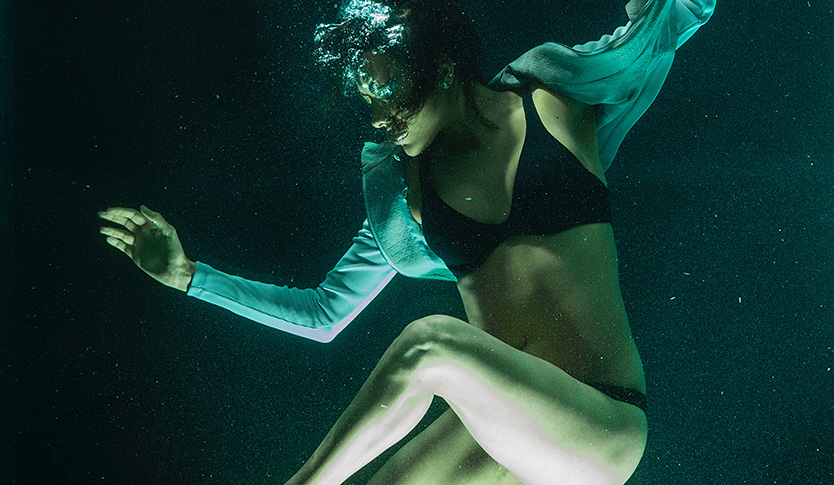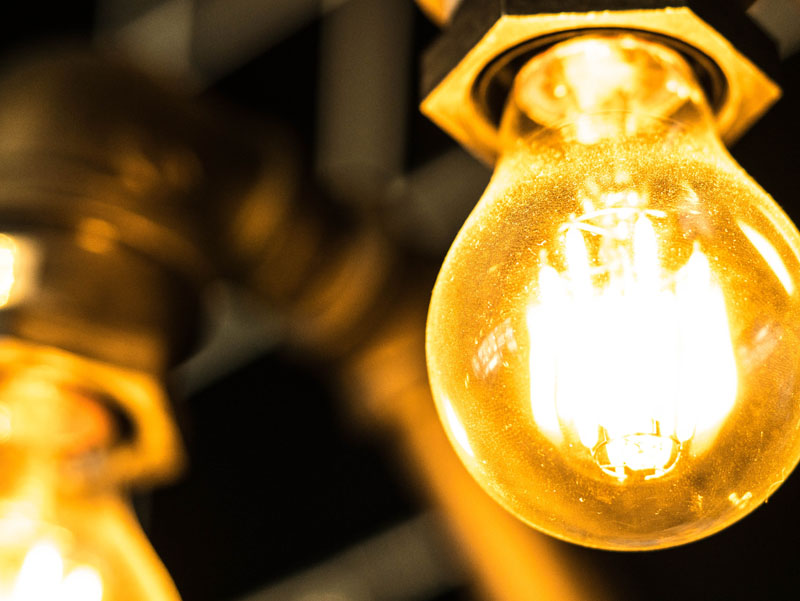Focal length is one of the most important considerations when choosing a lens for your camera. It determines the field of view and the magnification of an image, and can have a major impact on the final result.
In this article, we will explore what focal length is, how it works, some tips and tricks for using it, and some of the pros and cons of different focal lengths. We will also provide detailed examples and answer some frequently asked questions about focal length in photography.
What is Focal Length in Photography?
Focal length is a measurement, usually given in millimeters, that describes the distance between a lens’ rear nodal point and the film or image sensor.
The focal length of a lens determines the angle of view and the magnification of an image.
A lens with a short focal length, such as a wide-angle lens, will have a wider angle of view and a smaller magnification, while a lens with a longer focal length, such as a telephoto lens, will have a narrower angle of view and a greater magnification.
How it works
When light enters a camera lens, it passes through the various elements and is focused onto the film or image sensor. The focal length of a lens is the distance between the lens and the point where the light is brought into sharp focus.
The shorter the focal length, the wider the angle of view and the smaller the magnification of the image. The longer the focal length, the narrower the angle of view and the greater the magnification of the image.
The angle of view is the extent of the scene that is captured in the photograph. A lens with a wide angle of view, such as a wide-angle lens, can capture a large area, while a lens with a narrow angle of view, such as a telephoto lens, can only capture a small area.
The magnification of an image refers to how much the image is magnified compared to the actual size of the subject.
A lens with a higher magnification, such as a telephoto lens, will make the subject appear closer and larger in the photograph, while a lens with a lower magnification, such as a wide-angle lens, will make the subject appear smaller and farther away in the photograph.
Tips and tricks
- When using a wide-angle lens, try getting as close to your subject as possible to create a dramatic perspective.
- Using a telephoto lens can help you capture subjects that are far away, but remember to use a tripod or other support to avoid camera shake.
- To emphasize a subject and de-emphasize the background, use a longer focal length.
- To capture a large area and include a lot of background, use a shorter focal length.
- To create a shallow depth of field, use a longer focal length and a wide aperture.
- To create a deep depth of field, use a shorter focal length and a narrow aperture.
Pros and Cons
- Wide-angle lenses have a wider angle of view and a smaller magnification, making them ideal for capturing large areas and fitting more into the frame. This can be useful for landscape and architectural photography. However, they can also distort the image, making subjects appear farther away or larger than they actually are.
- Telephoto lenses have a narrower angle of view and a greater magnification, making them ideal for capturing subjects that are far away. This can be useful for sports, wildlife, and portrait photography. However, they are also typically more expensive and heavier than wide-angle lenses.
- Zoom lenses allow you to change the focal length without changing lenses, making them versatile and convenient. However, they are also typically more expensive and can be less sharp than fixed focal length lenses.
Examples
Here are some example of Focal Length in Photography
Wide Angle Lenses
A wide-angle lens with a focal length of 14mm can be used to capture a large area and include a lot of background in a photograph. This is a popular choice for landscape and architectural photography, as it allows you to capture the entire building or scene in one shot.
Telephoto Lenses
A telephoto lens with a focal length of 200mm can be used to capture subjects that are far away. This is a popular choice for sports, wildlife, and portrait photography as it allows you to zoom in on the subject and capture close-up shots without having to physically move closer to the subject.
Zoom Lens
A zoom lens with a focal length range of 18-55mm can be used to capture a wide range of subjects. The 18mm end of the lens can be used to capture wide landscapes, while the 55mm end can be used to capture portraits or close-up shots of animals or birds. This type of lens provides more flexibility on the field, but the aperture might not be as good as a prime lens.
FAQ
Here are some of the most frequently asked questions in regard to Focal Length in Photography.
What is the difference between a wide-angle lens and a telephoto lens?
A wide-angle lens has a shorter focal length, which means it has a wider angle of view and a smaller magnification. A telephoto lens has a longer focal length, which means it has a narrower angle of view and a greater magnification.
Can I use a wide-angle lens for portrait photography?
A: While a wide-angle lens can be used for portrait photography, it is not the most common choice. The wide angle of view and smaller magnification can distort facial features and make the subject appear farther away or larger than they actually are. A longer focal length, such as that of a telephoto lens, is typically more flattering for portrait photography.
Can I use a telephoto lens for landscape photography?
A telephoto lens can be used for landscape photography, but it may not be the best choice. The narrower angle of view and greater magnification of a telephoto lens can make it difficult to capture a large area or fit all of the important elements of the scene into the frame. A wide-angle lens is typically a better choice for landscape photography.
What are the advantages of a zoom lens?
A: Zoom lenses allow you to change the focal length without changing lenses, making them versatile and convenient. They can be useful in situations where it is not practical or possible to change lenses, such as when photographing wildlife or sports. Additionally, zoom lenses are often more affordable than multiple prime lenses.
Conclusion
Focal length is an important consideration when choosing a lens for your camera. It determines the angle of view and the magnification of an image and can have a major impact on the final result.
A wide-angle lens is ideal for capturing large areas and fitting more into the frame, while a telephoto lens is ideal for capturing subjects that are far away.
Zoom lenses are versatile and convenient but usually less sharp than fixed focal length lenses.
Understanding focal length and how to use it effectively can help you take your photography to the next level.



